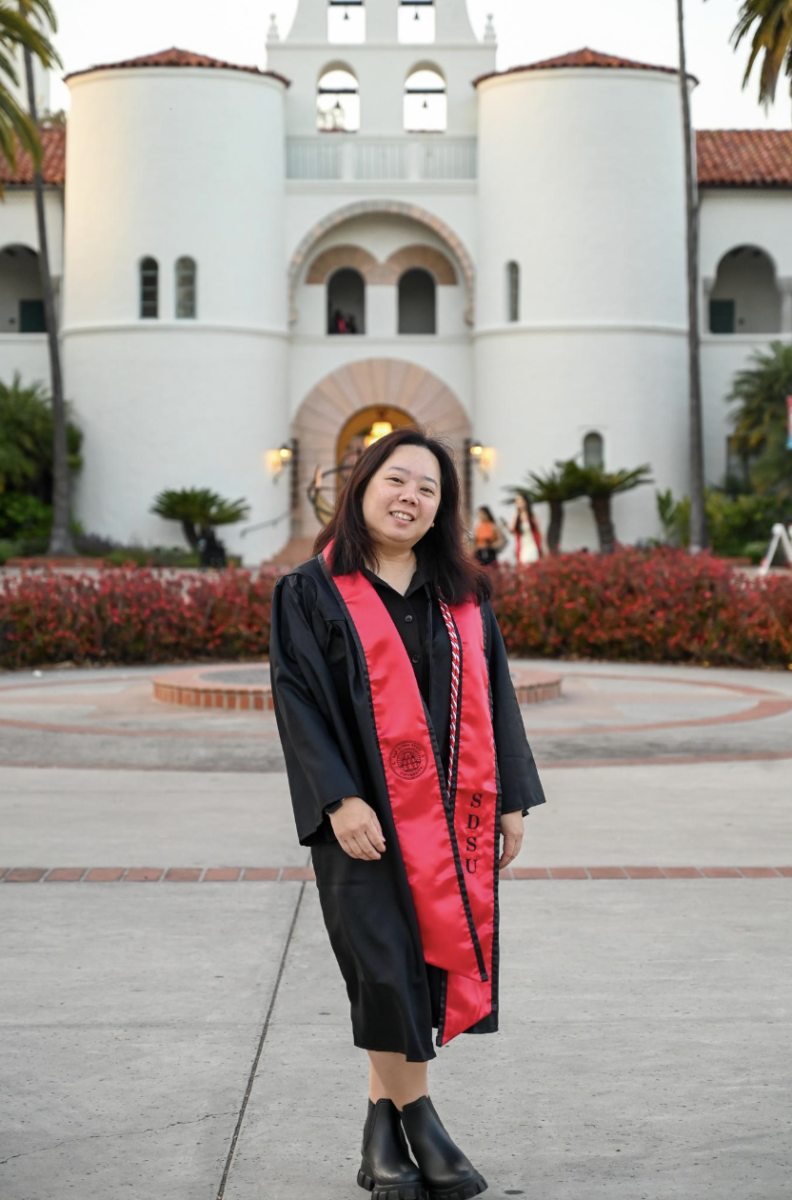It’s a new school year, which means it’s time to spend several hundred dollars on textbooks. Unfortunately, textbooks are not getting any cheaper and publishing companies intend on sucking as much money out of a college student’s wallet as possible by printing new textbooks.
A closer look reveals new textbooks printed are often not too different from older versions of the same textbook. The actual text is often the same, but the newer versions may have different page numbers, shuffled homework questions, or a few new pictures.
This scam is easily noticeable when comparing different editions of the same textbook. One example is the sixth and seventh editions respectively for the textbook “Comprehensive School Health Education,” used for Teacher Education 280 at San Diego State. This health class for aspiring teachers is a prerequisite to get into the teaching credential program. From personal experience, I would estimate about 95% of the text, headings, and content in the latest edition can be found in the previous one. Still, the seventh edition manages to have fewer pages. One chapter entitled “The Comprehensive School Health Education Curriculum,” starts on page 45 of the newer version of the book and on page 59 of the older version. McGraw-Hill, the book’s publisher, reduced its size by deleting pictures and removing content from the previous edition. In Chapter 14, for example, one section was completely removed from the newer edition. McGraw-Hill simply removed more material than it added, sold only the new book, and now professors make students pay for it.
This switcheroo tactic is not only widespread among health books, but virtually every program from math to anthropology. Publishers typically create a new edition of a textbook every two years, contributing to an estimated $3.5 billion annual market for new college textbooks according to The Wall Street Journal. The objective is to force students to buy new textbooks instead of cheaper used books or e-books.
Graphic design senior Ludivico Estrada is one of many who has bought e-books to save money.
“I bought an e-text of a photography book for $46 compared to a rough copy of the same version for $119,” Estrada said. “I’m assuming that the new ones aren’t as helpful as the old versions, but for all I know is that the publisher had cut out on buybacks; for that reason, students had to buy more and sell back way less.”
Corporations know consumers will try to save money anyway they can, such as buying used books. I’ve noticed this scam several years ago and try to avoid it as much as possible. Whenever I can, I’ll buy older textbooks or won’t buy a book at all if one is available on reserve at the library.
Replacing older textbooks with slightly different new ones is not the only profiteering gimmick publishers use to con students out of money. Some universities are working with publishers to make new, custom-made books. The University of Alabama and Bedford/St. Martin’s teamed up to make a custom edition of “A Writer’s Reference” by Diana Hacker. This edition, which cost $59.35, is required for freshmen composition students at the school. The only difference is the customized book includes a 32-page description of the university’s writing program. A non-customized version of the original book costs $54 new and $30 used. The writing program description is on the school’s website for free. The required customized book is explicitly forbidden from being sold or purchased used, forcing students to buy new textbooks. The University of Alabama sells 4,000 of these books each year, which costs the school’s students a total of $237,400 each year. The university receives $3 for royalty of each of the books sold, totaling $12,000 in profits for the school.
These practices lead to rising textbook costs at the expense of students who are already dealing with skyrocketing tuition. Money-hungry publishers will continue using dirty tricks until they stop working. Students need to ask professors if older books are acceptable or if course books are on reserve in the library. This can help discourage textbook companies from utilizing unethical practices.






